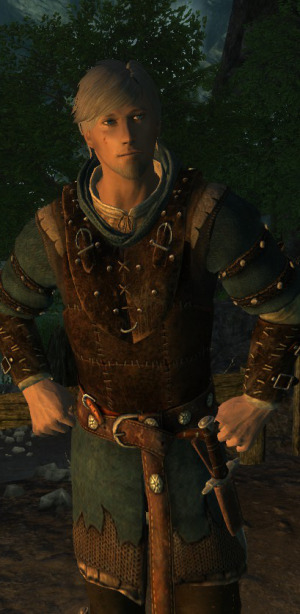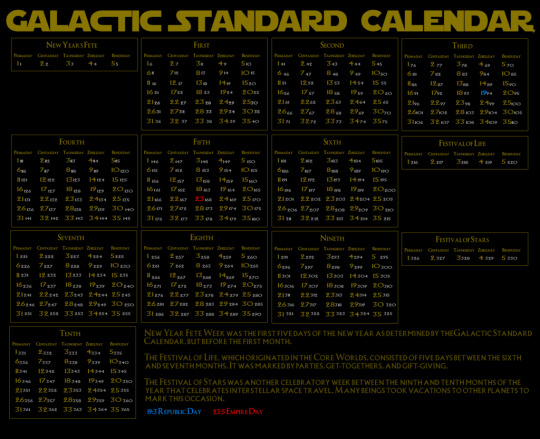29. Sometimes will write stuff.
Last active 4 hours ago
Don't wanna be here? Send us removal request.
Text
[comes crawling out of the podcast covered in blood] its really good you should listen
15K notes
·
View notes
Text

Tristan ''Magpie'' Rivera -- lead singer of One For Sorrow and dumpster fire masquerading (badly) as a person
42 notes
·
View notes
Text
Red Flags - Enderal edition 🚩⚔️
This took ungodly amount of time, but I’m proud to have it finished finally.
Software: Adobe Photoshop + Esoteric Spine 3.8.99
81 notes
·
View notes
Text
USA people! Buy NOTHING Feb 28 2025. Not anything. 24 hours. No spending. Buy the day before or after but nothing. NOTHING. February 28 2025. Not gas. Not milk. Not something on a gaming app. Not a penny spent. (Only option in a crisis is local small mom and pop. Nothing. Else.) Promise me. Commit. 1 day. 1 day to scare the shit out of them that they don't get to follow the bullshit executive orders. They don't get to be cowards. If they do, it costs. It costs.
Then, if you can join me for Phase 2. March 7 2025 thtough March 14 2025? No Amazon. None. 1 week. No orders. Not a single item. Not one ebook. Nothing. 1 week. Just 1.
If you live outside the USA boycott US products on February 28 2025 and stand in solidarity with us and also join us for the week of no Amazon.
Are you with me?
Spread the word.
197K notes
·
View notes
Text
some fucking resources for all ur writing fuckin needs
* body language masterlist
* a translator that doesn’t eat ass like google translate does
* a reverse dictionary for when ur brain freezes
* 550 words to say instead of fuckin said
* 638 character traits for when ur brain freezes again
* some more body language help
(hope this helps some ppl)
230K notes
·
View notes
Text
Too many writers are using generative 'AI' to make their book covers, so I've written a guide on how to make your own cover for free or cheap without turning to a machine.
If you can't afford to pay an artist, you CAN make your own!
I hope this is a helpful overview that covers the basics and points to some free resources.
15K notes
·
View notes
Text

Since the shop is still not ready because of German bureaucracy bullshit + the reallife bullshit starts for real now + I was not happy with the print in terms of quality of lines and colors (but still wear the shirt and hoodie often).... Have it. Share it if you want. Works on all backgrounds and makes good stickers/flyers/flags. Everyone is free to use it for anti-racist purposes, but in case you want to buy directly from me I set it up as design for buttons, cards, sticker, magnet and scarf/flag on redbubble -> click here (and let me know if something doesn't work)


44 notes
·
View notes
Text
Old watercolor sketchbook of Enderal characters and friend's Prophets.
48 notes
·
View notes
Text

Don't know how it happened that I forgot about this one. But here it is. Pari and Barb, probably somewhere near not very friendly Arps and Skeletons.
48 notes
·
View notes
Text
Rules: Without naming them, post a gif from ten of your favourite films, then tag 10 people to do the same!
Not tagging anyone but if you want to have at it! Thanks @jhara-ivez !










#tag game#movies#i realized very quick that I am not a movie buff#and dont go out of my way to watch a lot of them#and that a lot are franchise#oh well#thanks for the tag!
2 notes
·
View notes
Text

i wonder how many it is what it is he has left in him
192 notes
·
View notes
Note
What is Enderal..? (explain like I was 6)
It's a total conversion Skyrim mod, meaning that it uses Skyrim as an engine, but has a unique gameplay, setting, story, characters and visuals. Basically it's a stand alone game but you need to own Skyrim to play it.
As to what kind of game it is, it's an rpg with a very heavy focus on the story, heavily philosophical in nature (especially Jungian philosophy), and also character stories often deal with ptsd, various disorders and disabilities. Gameplay-wise it's kinda similar to Gothic, for me it's difficult but cheating is easy 🥹
It also has romances that are kinda akin to Bioware romances (they're optional, but with a nice development across acts); these two are romancable:


Can I also add that in my opinion it's so well written that I read most of the in-game books. It just has this compelling way of storytelling :D
The game has its own Steam page; this one if you own Special Edition Skyrim:
And this for Legacy Skyrim:
205 notes
·
View notes
Text

17K notes
·
View notes
Photo

SOURCE. - I’m just posting it here as an aid and taking no credit.
Galactic Standard Time Measurement
60 Seconds = 1 minute
60 minutes = 1 hour
24 hours = 1 day
Galactic Standard Calendar
5 days = 1 week
7 weeks = 1 month
35 days = 1 month
368 days = 1 year
10 months + 3 Fete (Festival) weeks + 3 holidays = 1 year
Fete/Festival Weeks
New Year Fete Week = first five days of the new year (takes place before the first month)
Festival of Life = five days between the sixth and seventh months. It was marked by parties, get-togethers, and gift-giving.
Festival of Stars =five days between the ninth and tenth months of the year that celebrates interstellar space travel. It was marked by vacations to other worlds most often.
Days of the Week
Primeday (first day of the week)
Centaxday (second day)
Taungsday (third day)
Zhellday (fourth day)
Benduday (fifth/last day of the week)
The Galactic Standard Calendar is based on the luno-solar calendar of Coruscant (from before the official founding of the Empire). It is the ‘standard’ in both the Republic and the Empire for basic measurements. However, there are many, many variations for various species, planets, etc. This is just the ‘standard’ used; similar to measurements of weight, etc.
Basically, this is not the ‘only calendar’ but the one used most often by governments, the military, etc. to be the ‘standard’. I thought it might be useful for people writing or roleplaying in the Star Wars galaxies to have a rough idea.
NOTE: There is mention in some sources of a 12 month/368 day calendar, but it doesn’t mention length of weeks, months, etc. other than ‘30-31 days’ so basically seems to be a ‘real life calendar’. I’m not 100% sure which is considered ‘canon’ so I choose to list the one that was a bit more ‘different’ for fun.
SOURCES http://starwars.wikia.com/wiki/Galactic_Standard_Calendar http://starwars.wikia.com/wiki/Fete_Week http://swtor.wikia.com/wiki/Galactic_Standard_Calendar http://starwarsrp.net/topic/63474-resourse-galactic-standard-calendar/
9K notes
·
View notes
Text
Some Enderal silly sketches, also spoiler warning for the entire game
Calia was severely lacking in the first half of the game, and I imagine my character was insufferable about that lol

When Calia asked me out on a date:


The first couple times I heard the word "Fleshless" but before it was explained to me:

And then finally learning what it was:

Also!! I’d love for Calia and Thareal to meet, I think they'd find some things relatable about each other


146 notes
·
View notes
Text



Wrapping them in a warm blanket
512 notes
·
View notes
Text
I raise you: this shot I took on a playthrough a couple years ago.

The post this came from.
Almost didn't have to kill a panther.
Almost... 😔
#enderal#jespar dal'varek#the panther#still one of the funniest things to come out of this game hehehe
21 notes
·
View notes